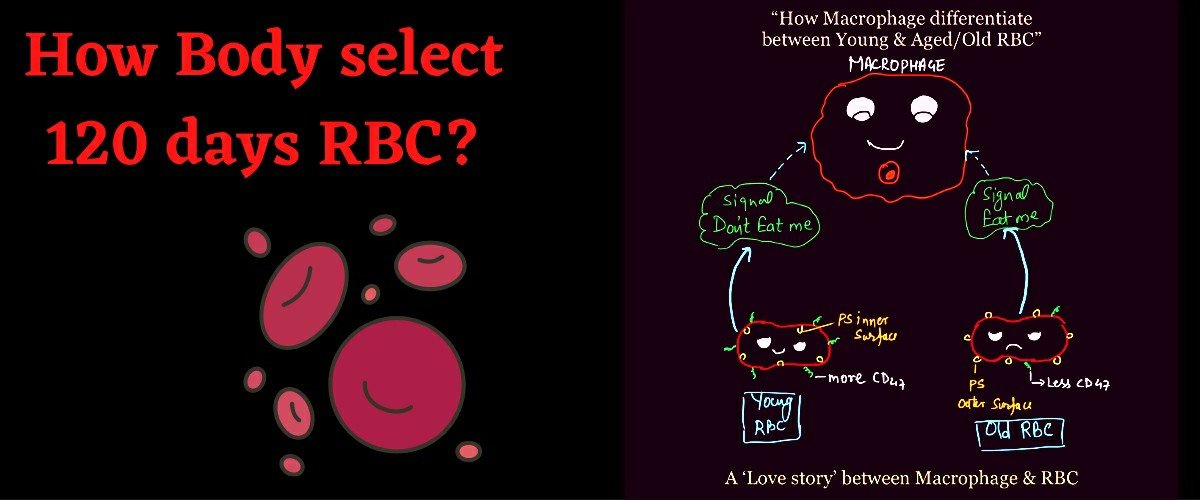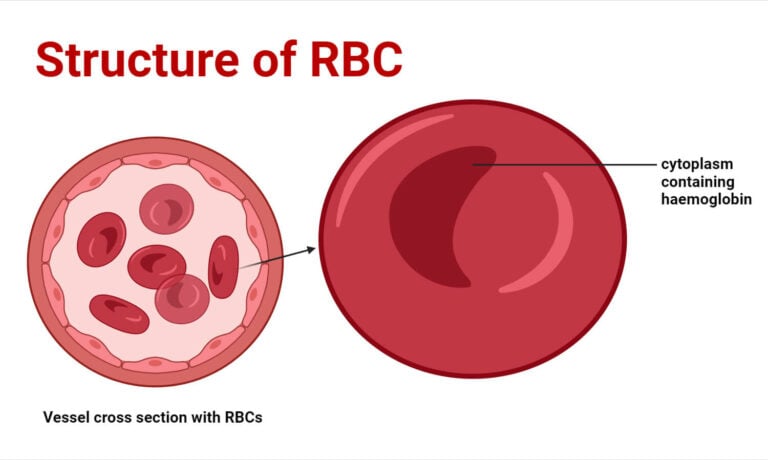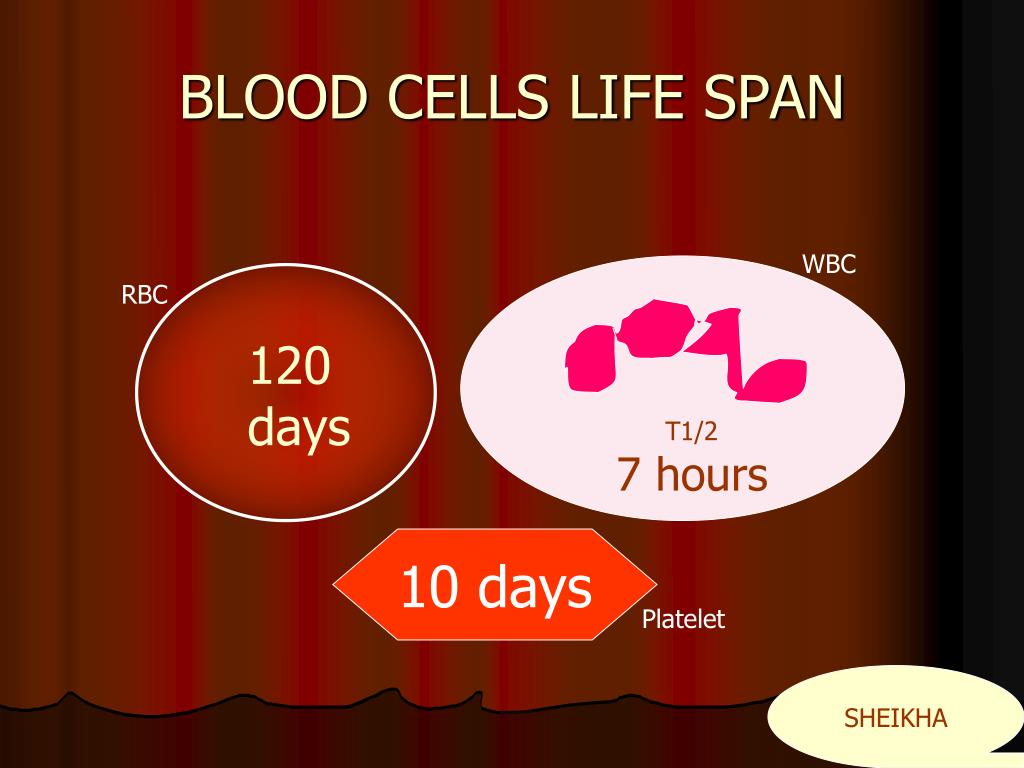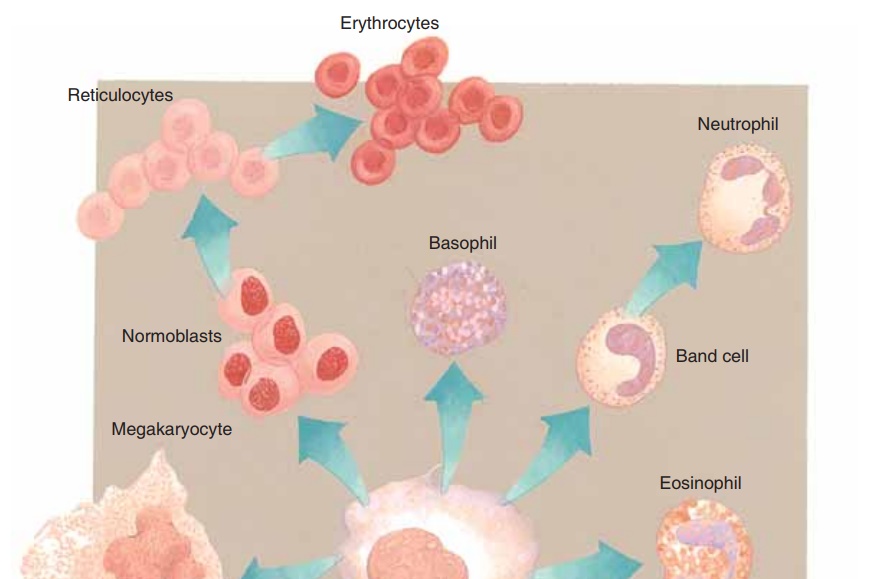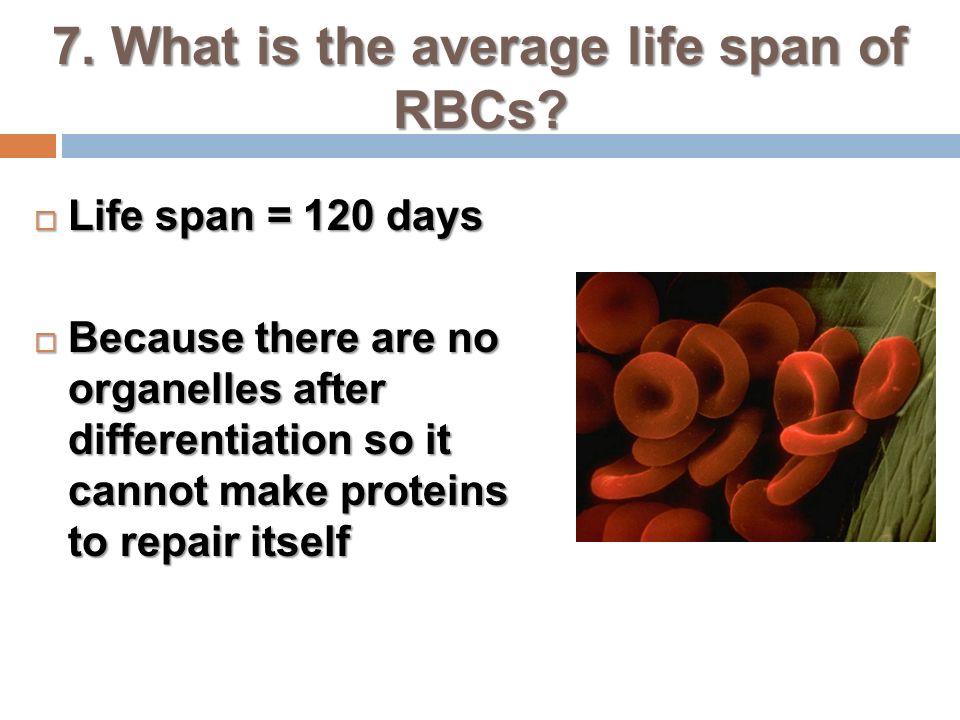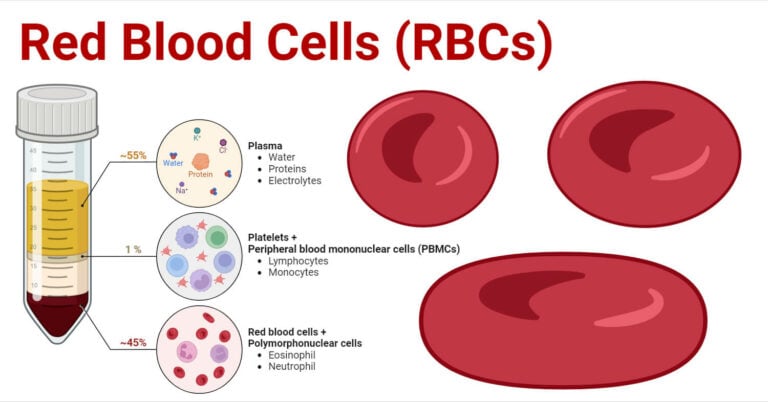What Is The Lifespan Of Rbc

Imagine a bustling city, its streets teeming with tiny red cars, each carrying precious cargo. These cars, however, aren't made of steel and glass, but of complex proteins and lipids, and their cargo isn't people or goods, but the very breath of life – oxygen. These are our red blood cells (RBCs), the unsung heroes of our circulatory system, silently working day and night.
At the heart of this fascinating miniature world lies a critical question: How long do these vital cells last? Understanding the lifespan of RBCs, typically around 120 days, is crucial for grasping how our bodies function and how various conditions can impact our health. This article explores the journey of these remarkable cells, from their creation to their eventual recycling, highlighting the factors that influence their lifespan and the medical significance of this biological clock.
The Birth of a Red Blood Cell
The story of a red blood cell begins in the bone marrow, the spongy tissue found inside our bones. Here, hematopoietic stem cells, the versatile progenitors of all blood cells, differentiate into specialized erythroblasts, the precursors to mature RBCs. This transformation is a carefully orchestrated process, influenced by hormones like erythropoietin (EPO), which is primarily produced by the kidneys.
EPO acts as a messenger, signaling the bone marrow to increase RBC production when oxygen levels in the blood are low. Conditions like anemia or living at high altitudes can trigger this response, leading to an increase in RBC formation. As the erythroblast matures, it undergoes a remarkable transformation, shedding its nucleus and other organelles to maximize space for hemoglobin, the oxygen-carrying protein.
Hemoglobin: The Oxygen Transporter
Hemoglobin is the star of the red blood cell, responsible for binding to oxygen in the lungs and delivering it to tissues throughout the body. Each hemoglobin molecule contains four iron-containing heme groups, which are the actual binding sites for oxygen. This efficient oxygen transport is what allows us to perform even the simplest tasks, from breathing to thinking.
The mature red blood cell, now a biconcave disc without a nucleus, enters the bloodstream, ready to embark on its vital mission. This unique shape allows the RBC to squeeze through narrow capillaries and efficiently exchange oxygen and carbon dioxide. It’s a marvel of biological engineering, perfectly designed for its purpose.
The 120-Day Journey
For approximately 120 days, the red blood cell circulates through the body, tirelessly delivering oxygen and removing carbon dioxide. During this time, it endures constant mechanical stress as it navigates the circulatory system. The RBC’s membrane, though flexible, gradually becomes damaged and less efficient.
Enzymes within the RBC attempt to repair this damage, but eventually, the cell's ability to maintain its integrity declines. As the RBC ages, changes occur in its membrane proteins, signaling to the body that it's time for the cell to be removed. This process is crucial for maintaining a healthy balance of blood cells.
The Role of the Spleen and Liver
The spleen and liver are the primary organs responsible for removing aged and damaged red blood cells from circulation. The spleen, often referred to as the "red blood cell graveyard," filters the blood, trapping old and abnormal RBCs. Specialized cells called macrophages then engulf and break down these cells through a process called phagocytosis.
During this process, hemoglobin is broken down into its components: iron, globin, and heme. Iron is recycled back to the bone marrow to be used in the production of new RBCs. Globin is broken down into amino acids, which are used to build new proteins. Heme is converted into bilirubin, which is processed by the liver and excreted in bile.
Factors Affecting Red Blood Cell Lifespan
While the average lifespan of a red blood cell is 120 days, several factors can influence this duration. Genetic conditions, infections, and certain medical treatments can shorten or lengthen the lifespan of RBCs. Understanding these factors is essential for diagnosing and managing various health conditions.
For example, hemolytic anemias are a group of disorders characterized by the premature destruction of red blood cells. These anemias can be caused by genetic defects, autoimmune diseases, or exposure to certain toxins. In these cases, the lifespan of RBCs can be significantly reduced, leading to anemia and other complications.
Medical Significance
The lifespan of red blood cells is a crucial indicator of overall health. Doctors often use blood tests to assess RBC count, hemoglobin levels, and other related parameters to diagnose and monitor various conditions. Anemia, characterized by a low RBC count or low hemoglobin levels, can be a sign of underlying health problems.
Conversely, an abnormally high RBC count, known as polycythemia, can also indicate underlying conditions. Monitoring the lifespan of RBCs can help doctors understand the underlying causes of these abnormalities and develop appropriate treatment plans. Furthermore, understanding RBC lifespan is crucial in managing conditions like kidney disease, where EPO production is often impaired.
Beyond the Average: Individual Variation
It's important to remember that the 120-day lifespan is an average, and individual variation exists. Factors such as genetics, lifestyle, and environmental exposures can all influence how long a person's red blood cells survive. Even subtle differences in metabolism or immune function can impact RBC turnover.
Researchers are continually investigating the complex interplay of factors that determine RBC lifespan. Advances in technology are allowing scientists to study RBCs at a molecular level, providing new insights into the mechanisms that regulate their survival. This research has the potential to lead to new therapies for blood disorders and other diseases.
The study of red blood cells is not just about understanding their lifespan; it's about appreciating the intricate and interconnected nature of the human body. Each RBC, with its 120-day journey, is a testament to the remarkable efficiency and resilience of our biological systems. By understanding the life cycle of these tiny carriers of life, we gain a deeper appreciation for the delicate balance that sustains us.
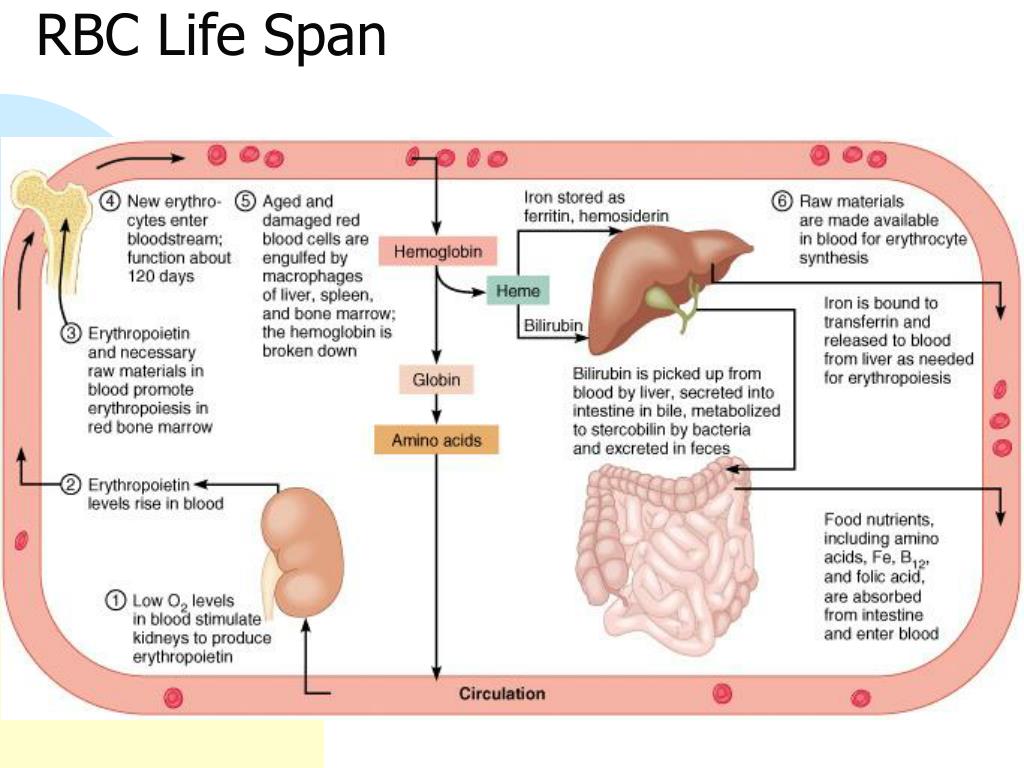
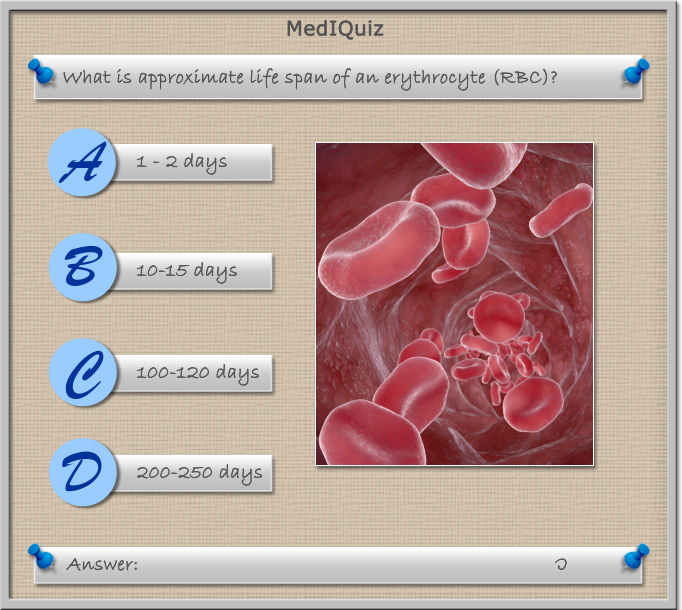
![What Is The Lifespan Of Rbc life span of rbc[1920x1080] : r/chromosomeworld](https://i.redd.it/7u5e4g8v59j71.png)
